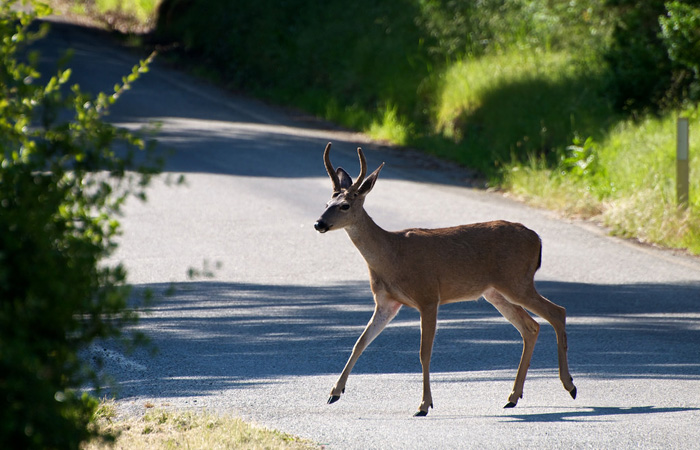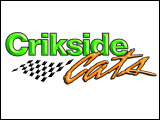There are approximately 9,500 vehicle/deer collisions yearly in Manitoba, with the Eastman Region again topping Manitoba Public Insurance’s Top 5 list for high-collision regions.
Eastman – which includes the communities of Steinbach, Lac du Bonnet, Anola, Birds Hill Park area and Falcon Lake – experienced an average of 2,170 collisions yearly, based on collision statistics collected from 2016 to 2020.
Of note, Winnipeg is number seven on the list of top vehicle-deer collision regions in the province, which is released annually by Manitoba’s public auto insurer.
On average, almost 500 people are injured in wildlife-related collisions yearly. Over the last 10 years, nine people in Manitoba have been killed in crashes caused by an animal on a road. Overall, Manitobans are involved in more than 14,000 vehicle-wildlife collisions yearly according to Manitoba Public Insurance data.
Top 5 vehicle-deer collision regions are:
- Eastman – 2,170 yearly collisions
- Westman – 2,150 yearly collisions
- Interlake – 1,700 yearly collisions
- Central Plains – 910 yearly collisions
- Parkland – 900 yearly collisions
“At this time of year in particular, there’s an increased likelihood of encountering these animals when travelling through these zones. Awareness is one key to preventing a collision,” said Satvir Jatana, MPI’s Chief Customer Officer. “With over 9,000 vehicle-deer collisions yearly in Manitoba, our goal is to see that reduced through education, awareness, emerging driver-assist technologies, and drivers taking preventative steps.”
In addition to raising awareness of high-collision hotspots by publishing its annual listing, MPI works in partnership with the City of Winnipeg to place high visibility message signs at strategic locations identified as key wildlife-vehicle collisions areas. In total, eight signs will be rotating across 21 identified locations this year.
In rural Manitoba, Riding Mountain National Park has a high-visibility sign, warning drivers of the potential danger of collision with wildlife and encouraging safe speeds, particularly between dusk and dawn.
“These signs warn drivers to remain alert for deer, and watch for them in these high-collision areas,” said Jatana. “It’s important that drivers are aware when they’re entering an area where deer frequent and pay close attention to their surroundings. The boards are up during what is typically the highest collision period.”
Tips to help keep you safe:
- Slow down when you see wildlife crossing signs and drive with extreme caution, scanning the road ahead as well as shoulders and ditches.
- Animals are normally more active at dawn, dusk and at night.
- Be especially alert where brush and tall grass grow near the road.
- Watch for the reflection of headlights in the eyes of a deer, or a dark silhouette.
- Do not swerve if an animal does cross in front of your vehicle – brake firmly to reduce the impact between the animal and your vehicle.




